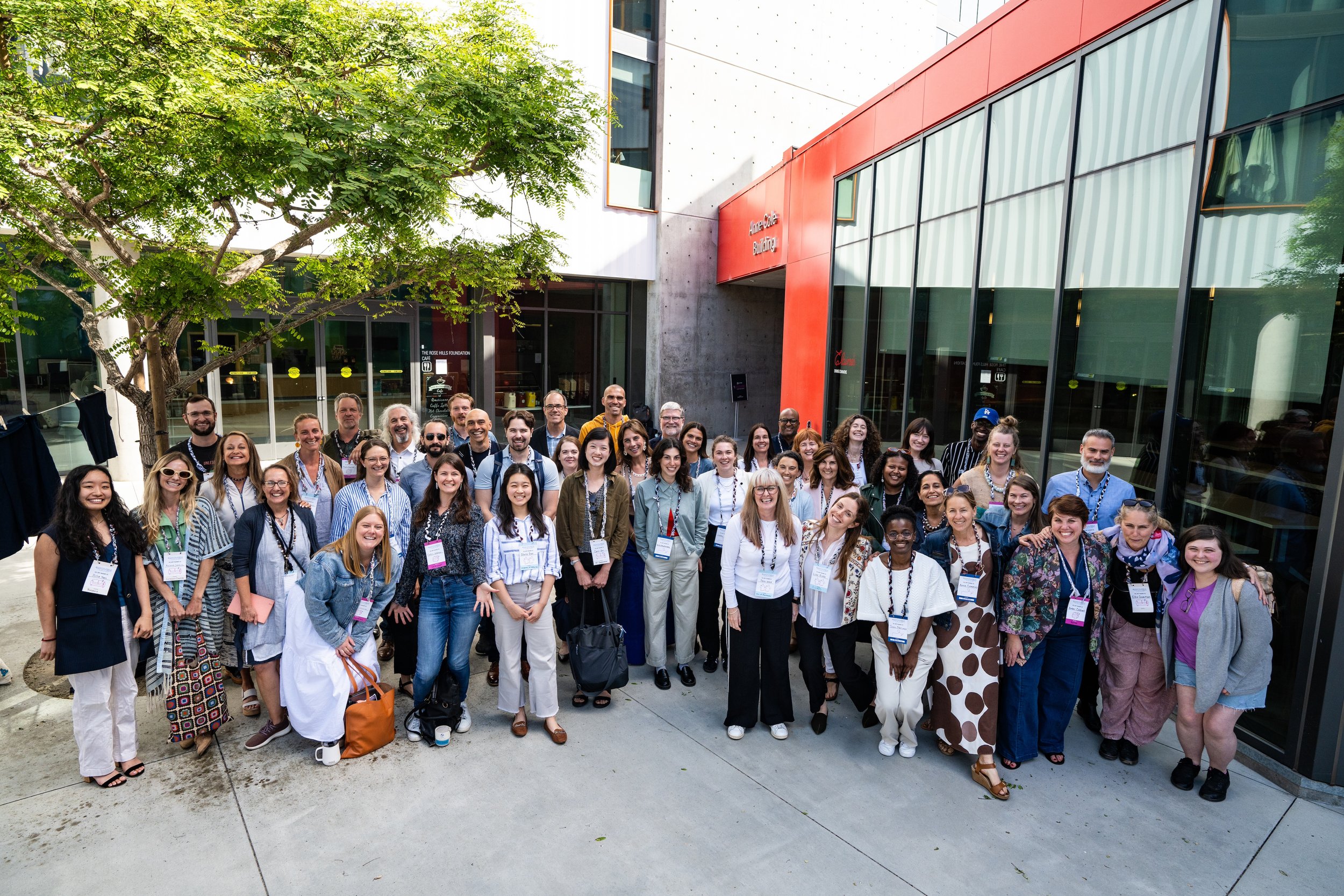Weaving Solutions to Microfiber Pollution
Microfiber pollution is an urgent and widespread issue that impacts both environmental and human health. Recognizing that textiles play a pivotal role in the plastics crisis, 5 Gyres has made it a key focus to lead research and drive solutions in this sector. In 2023, a textiles-focused expedition underscored the pressing need for coordinated efforts to address microfiber pollution.
Collaboration between the textile industry and the scientific community is a common thread to address these challenges in a holistic way. A significant step forward was the WOVEN symposium, hosted by 5 Gyres and facilitated by HATCH. This event brought together industry leaders, brands, scientists, innovators, and nonprofit organizations to workshop solutions and lay the groundwork for a multi-faceted strategy to reduce microfiber pollution from textiles.
Photos by Benjamin Von Wong
Attendees included representatives from Patagonia, Columbia/prAna, The North Face, Everlane, ChicoBag, and Shein; microfiber researchers from University of Melbourne, University of Manchester, Arizona State University, UC Berkeley, Columbia University, and Desert Research Institute; innovators driving solutions at CiCLO, NFW, Baleena, Guppy Friend, and National Renewable Energy Laboratory; leading nonprofit organizations Textile Exchange, Fibershed, The Nature Conservancy, Ocean Conservancy, Lonely Whale, and California Product Stewardship Council; textile-focused consultants from Materevolve, ECOfashion Corp, and Onward LLC; and storytellers, artists, and activists who are bringing this issue to the forefront.
Through engaging panels, interactive activities, and break-out sessions, participants were encouraged to break out of silos, identify challenges and solutions, and foster collaboration. The first part of the symposium focused on knowledge sharing, as industry veterans and leaders divulged important lessons, researchers broke down the latest microfibers science, innovators discussed the opportunities and challenges of designing for longevity, and brands presented how small steps can lead to big impact.
Collaborative workshops facilitated creative thinking about solutions. One particularly productive activity involved identifying “Bright Spots” and “Blind Spots”. Common themes emerged, with participants generally feeling inspired and hopeful by material innovations, better testing methods, and existing science-backed solutions. However, recurring gaps were also highlighted, such as the need for a central hub for resources and information, clearer connections between microfiber pollution and human health, and greater transparency around labeling.
The symposium culminated in all attendees writing down their personal or professional pledges to take action on microfiber pollution. Witnessing the commitment of individuals and companies – from education and consumer behavior to research goals and company change – was truly inspiring. The act of pinning these pledges to the roadmap visually highlighted our collective potential, emphasizing that collaboration is key to achieving our goal and reducing the harm of microfiber pollution.
WOVEN was held at Otis College of Art and Design in Los Angeles, California, where students were involved in some of the creative aspects of the symposium. Lanyards were crafted from fabric scraps, and a mural-style wall welcomed guests at the entrance. Leading up to the event, students from Otis College’s Rise Above Plastics class organized a clothing drive, transforming unwanted textiles into an educational art installation featuring facts from 5 Gyres’ Do Less for the Planet campaign.
As a science-based organization, 5 Gyres’ researchers couldn’t resist the opportunity to conduct a quick study during WOVEN. Petri dishes were strategically placed among the tables in the main room to collect airborne microfibers throughout the event. The results were staggering: 102 microfibers were present in the middle of the room, translating to approximately 13 microfibers per square centimeter. We found 282 microfibers on the food table, equating to about 35 microfibers per square centimeter. These samples are currently being analyzed further in the lab, but we likely collected fibers from clothing, carpets, tablecloths, and other textiles, suggesting a high concentration of microfibers in the air.
WOVEN sparked ideas and fostered collaboration, but solving the microfiber issue requires more than a two-day symposium. This event marked the beginning of a long-term, multifaceted strategy to develop real solutions to microfiber pollution. We look forward to deeper collaboration across the textile sector, further research on microfibers and their impact, and future convenings.






